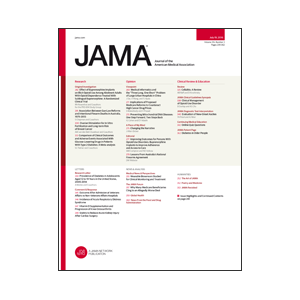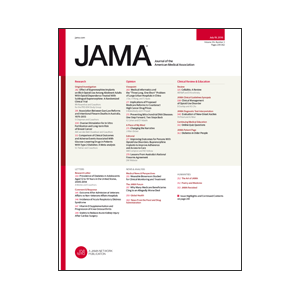Research recently published by JAMA details the prevalence of diabetes and prediabetes in American adolescents and previous estimates were lower than they should have been.
In a study appearing in the July 19 issue of JAMA, Andy Menke, Ph.D., of Social & Scientific Systems, Silver Spring, Md., and colleagues estimated the prevalence of diabetes among U.S. adolescents, the percentage of those who were unaware of their diabetes, and the prevalence of prediabetes using nationally representative data.
The researchers used 2005-2014 National Health and Nutrition Examination Survey (NHANES) data (in which all relevant glucose data were available) from adolescents age 12 to 19 years who were randomly selected for a morning examination session after fasting.
Of 2,606 adolescents included, 62 had diabetes, 20 were undiagnosed, and 512 had prediabetes. The weighted prevalence of diabetes was 0.8 percent, of which 29 percent was undiagnosed, and the prevalence of prediabetes was 18 percent.
Prediabetes was more common in males (22 percent) than females (13 percent).
Compared with non-Hispanic white participants, the percentage of adolescents with diabetes who were undiagnosed (4.6 percent) and the prediabetes prevalence (15 percent) were higher in non-Hispanic black participants (50 percent and 21 percent, respectively) and Hispanic participants (40 percent and 23 percent, respectively). Diabetes and prediabetes prevalences did not change over time.
Continue Reading Below ↓↓↓
“To our knowledge, these are the first estimates of diabetes in a nationally representative sample of U.S. adolescents using all 3 American Diabetes Association recommended biomarkers. The estimates are higher than previously reported; 1 study found diagnosed diabetes in 0.34 percent of participants aged 10 to 19 years. A relatively large proportion was unaware of the condition, particularly among non-Hispanic black participants and Hispanic participants, indicating a need for improved diabetes screening among adolescents. These findings may have important public health implications because diabetes in youth is associated with early onset of risk factors and complications,” the authors write.
Note: This work was supported by a contract from the National Institute of Diabetes and Digestive and Kidney Diseases. All authors have completed and submitted the ICMJE Form for Disclosure of Potential Conflicts of Interest and none were reported.
http://www.jamamedia.org
Source: The JAMA Network Journals doi:10.1001/jama.2016.8544
Journal: JAMA










